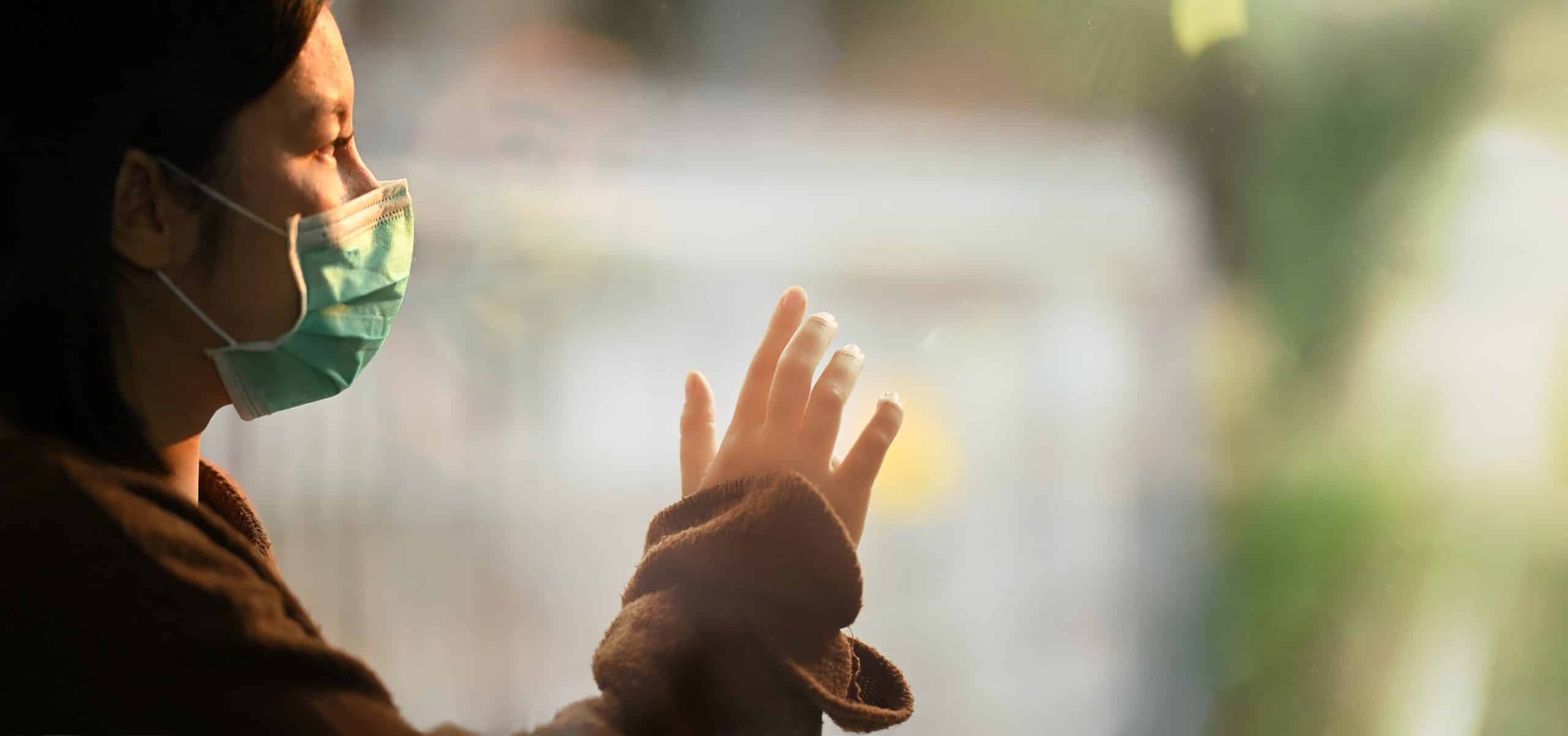Pet ownership is more than just feeding and playing with your pet. For instance, when you introduce new reptile pets to your existing group, it’s about understanding their unique needs and making sure they’re comfortable and healthy. One of the essential steps is setting up a quarantine area for your new pets. This area is vital to ensure that the new animals do not transmit potential diseases to your existing pets. In this detailed guide, we shed light on the best setup for a quarantine area when introducing new reptile pets.
Understanding The Need for Quarantine
The quarantine period is an essential part of adding new reptiles to your collection. This period allows you to monitor the health of your new pet and prevent the possible spread of diseases to your existing animals.
Sujet a lire : What’s the Most Effective Way to Train a Stubborn Cat to Use the Litter Box?
Reptiles are known carriers of certain diseases and parasites. While these may not actively affect the new animal, they could pose a threat to your existing pets. Thus, quarantine becomes necessary.
A quarantine area should ideally be a separate space where your new reptile will live temporarily. This area should be sufficiently equipped to mimic the natural habitat of the reptile and must meet all its basic needs.
Sujet a lire : How to Choose the Correct UV Lighting for a Pet Bearded Dragon’s Enclosure?
Creating The Perfect Quarantine Enclosure
The enclosure for your new pet should be comfortable and equipped with all the necessities. There is no one-size-fits-all solution as different species of reptiles have different needs. Here are some basic requirements that you should consider:
-
Tank Size: The size of the quarantine tank should accommodate the size and nature of your new reptile. For larger reptiles like Uromastyx or small geckos, a large tank would be best. For smaller species, a smaller tank might suffice.
-
Heat and UVB: Reptiles are ectothermic animals, meaning they rely on external sources for heat regulation. A good quality heat lamp or heat mat should be included in the setup. UVB light is also crucial for reptiles as it helps them metabolize calcium.
-
Substrate: The type of substrate you choose depends on the species of the reptile. However, for quarantine, it is recommended to use something easy to clean, like paper towels or newspaper.
-
Water and Food Dishes: Ensure the water dish is sturdy and not easily tipped over. Some reptiles may also soak in their water dishes, so it should be large enough for that. Food dishes should also be included depending on the diet of the reptile.
Mimicking the Natural Habitat
While a quarantine area is generally meant to be temporary, it should still replicate the reptile’s natural habitat to the best extent possible. This includes providing the right heat, water, and humidity levels, as well as including plants and other elements from their natural habitat.
For example, if the new reptile is a desert species like Uromastyx, the enclosure should have a warm temperature, low humidity, and desert-like substrate. On the other hand, a tropical species like geckos would need a more humid environment.
Adding plants to the quarantine terrarium can also help mimic the natural habitat. However, ensure the plants are safe for the species and are easy to clean.
Ensuring Best Practices
Quarantine for reptiles usually lasts about 30-90 days. During this time, you should monitor the new pet closely for any signs of illness or stress. Regular veterinary check-ups are also recommended.
Ensure you are using separate equipment for the quarantine area to prevent cross-contamination. All items, including food and water dishes, cleaning tools, and handling equipment, should be kept separate.
The quarantine area should be cleaned regularly, and any waste material should be promptly removed. This reduces the chance of bacterial or parasitic infections.
Final Thoughts
Setting up a quarantine area for your new reptile pet may seem like a daunting task, but it is a necessary precaution to ensure the health and well-being of all your pets. The key is to create an environment that mimics the natural habitat of the species and is equipped with all the necessary items. With the right setup and diligent monitoring, you can ensure a smooth and healthy introduction of the new member to your reptile family.
Selecting Suitable Equipment and Products
Choosing the right products for your quarantine tank is a key aspect of ensuring your new reptile’s comfort and safety. The reptile enclosure you choose should be spacious and secure. For instance, if you’re housing a ball python, a 40-gallon reptile enclosure will provide ample space for movement. Companies such as Zoo Med and Exo Terra offer a wide range of reptile enclosures designed for different species.
The right lighting is also essential. A high-quality UVB lamp is needed for reptiles to metabolize calcium. Heat lamps or heat mats, depending on the species, should be incorporated in your setup to replicate the heat source from the reptile’s natural habitat.
Substrate selection is also crucial. For the quarantine period, use easily cleanable substrate like newspaper or paper towels. This makes it simple to spot and promptly remove any waste material, reducing the risk of bacterial or parasitic infections.
Additionally, your quarantine setup should include sturdy water and food dishes. Some reptiles, like crested geckos, also enjoy environmental enrichment, like live plants. However, remember that any plants added need to be species-safe and easy to clean.
Lastly, having a separate set of cleaning tools and handling equipment for the quarantine area is important to avoid cross-contamination.
The Importance of Regular Monitoring and Veterinary Care
The quarantine period is the best time to observe and understand the health and behaviors of your new reptile. Regular monitoring for any signs of stress or illness is crucial. Signs to look out for include lethargy, loss of appetite, irregular bowel movements, or unusual behavior.
In addition to observing your pet, regular veterinary check-ups are necessary. Your vet can help identify potential health issues early and provide necessary treatment promptly, ensuring the health of both your new pet and existing ones.
Handling should be kept to a minimum during quarantine. However, if required, ensure you are using separate handling equipment for each reptile to prevent cross-contamination.
Conclusion
Introducing a new reptile pet to your family may be a thrilling experience. However, it’s important to remember that the introduction process needs to be handled with care. Having a properly set-up quarantine area is critical to ensure the health and well-being of both your new and existing pets.
Remember, the key to a successful quarantine is replicating the natural habitat as closely as possible in your gallon reptile enclosure and maintaining stringent hygiene practices. Whether you’re housing a tye dyed iguana, ball pythons, or crested geckos, understanding their unique needs and providing a comfortable quarantine environment will ensure a smooth and healthy introduction.
So, with the right quarantine tank, consistent monitoring, and regular vet check-ups, you can ensure that your new reptile pet settles in well, and your existing pets remain healthy. Keep in mind, the more effort you put into the quarantine process, the happier and healthier your reptile family will be.






